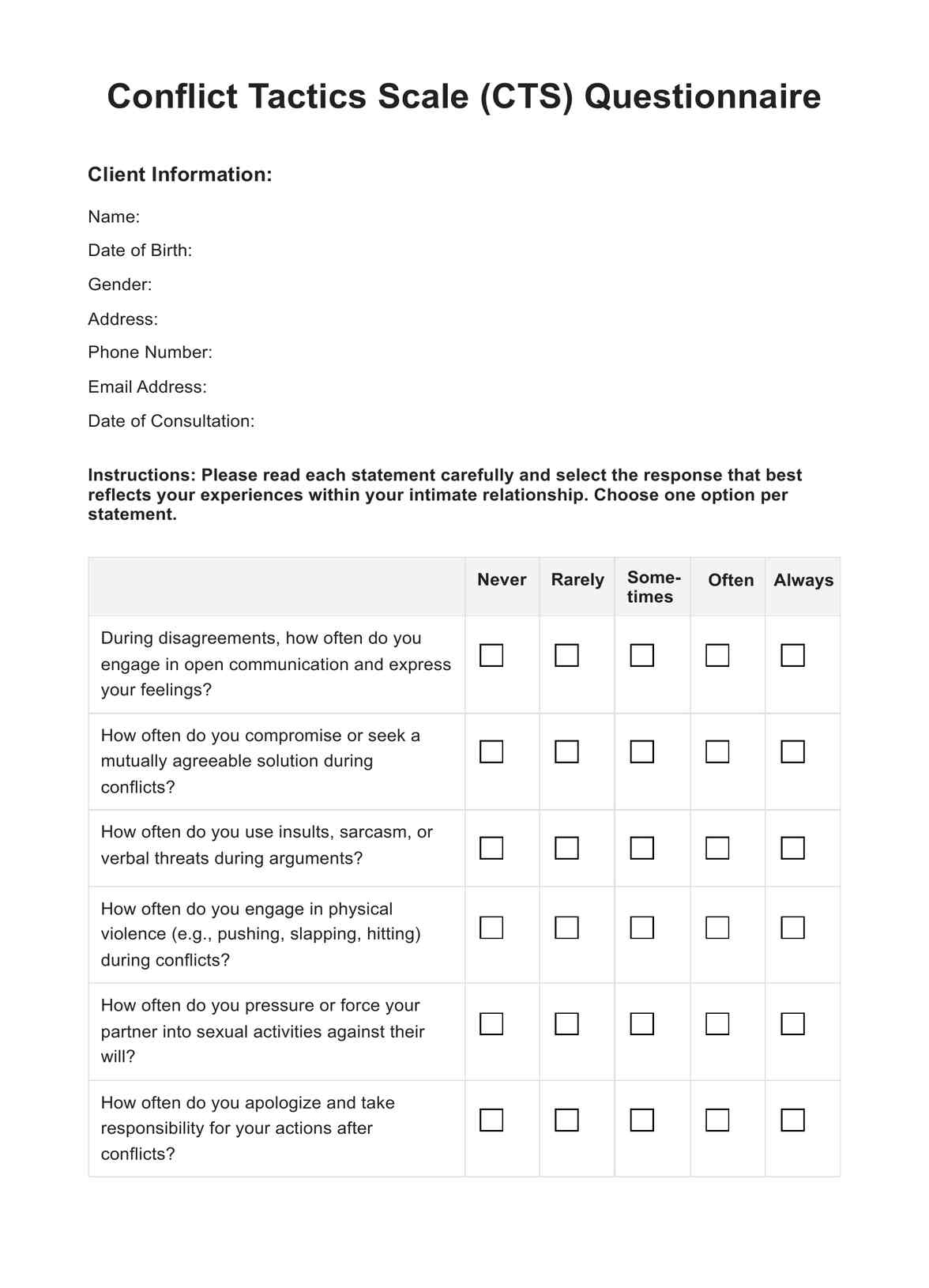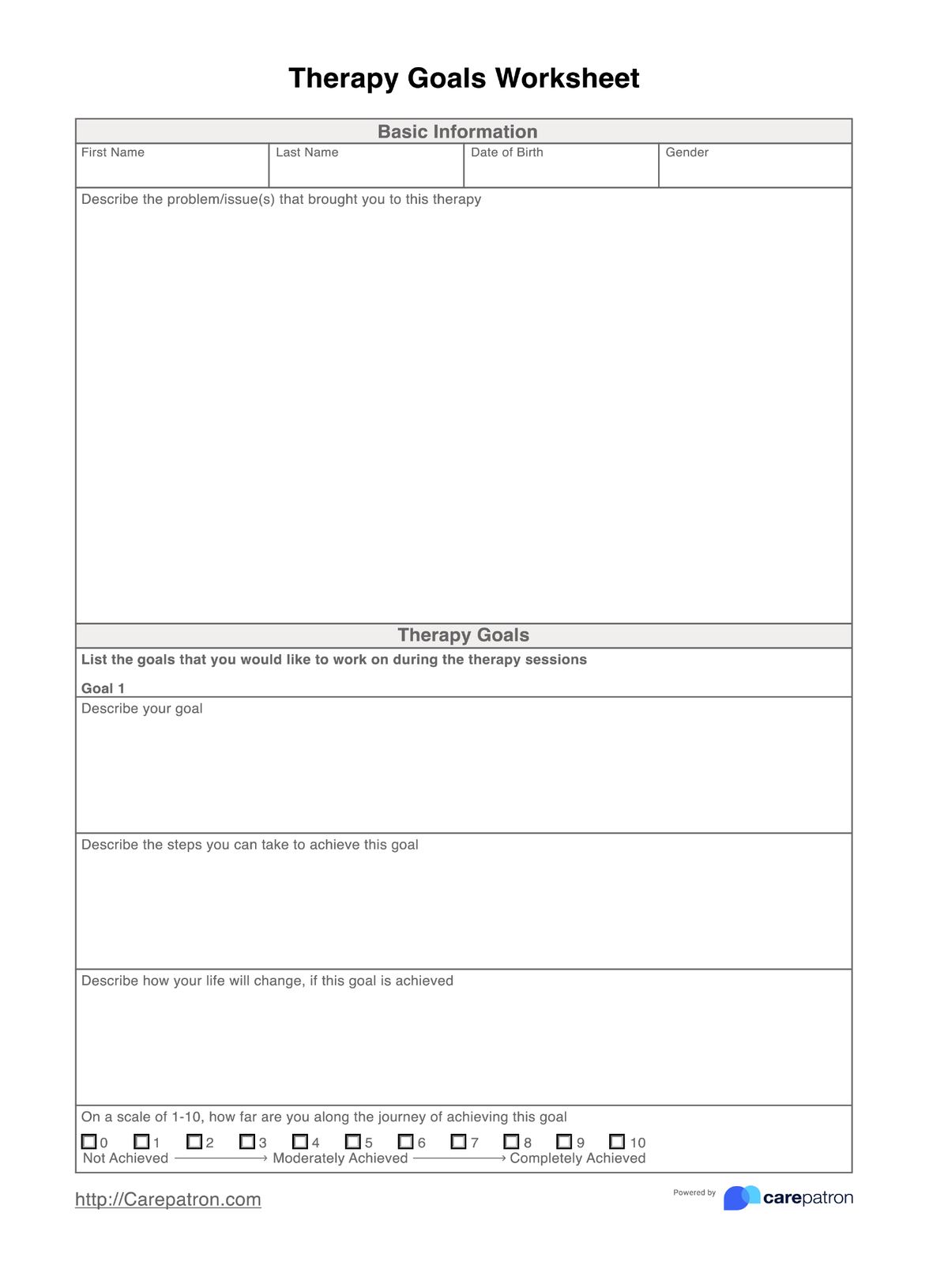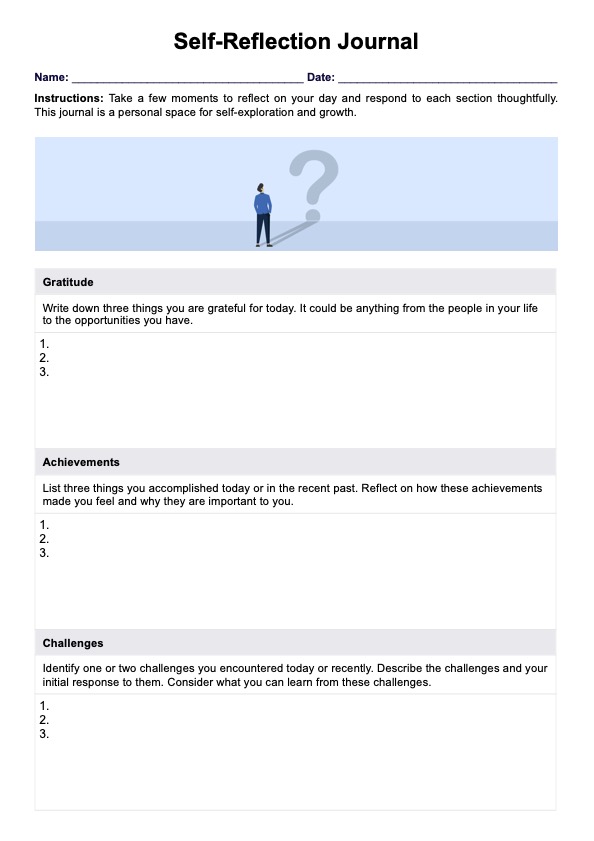Letter of Self-Forgiveness Worksheet
Issue this Letter of Self-Forgiveness Worksheet to your patient to help them work through lingering guilt and unhappiness related to a past event. Learn more about this worksheet through this short guide.


What is self-forgiveness?
Like getting help, self-forgiveness is one of the hardest things to do – but also one of the bravest. Self-forgiveness is a liberating and self-compassionate act because it will help you understand past events and mistakes. By coming to terms with past events and mistakes, you're setting yourself up to move on and be released from lingering feelings of guilt, resentment, unhappiness, shame, anger, and other negative emotions. Self-forgiveness opens up the opportunity for you to let go and heal.
To practice self-forgiveness, you need to adopt a certain mindset: that of a comforting friend who shows kindness and empathy towards yourself. It's an act that requires self-reflection: you to acknowledge that holding onto your guilt and dwelling on your past mistakes will only make you feel worse and may hinder you from growing. It requires you to learn from and take responsibility for your mistakes. Self-awareness is the first step to improving one's emotional well-being and personal growth.
Self-forgiveness is a journey in its own right, and it might take a while to get there. Thinking about being worthy of forgiveness and kindness is hard for someone dwelling on their mistakes. If you have a patient whose mental health has taken a nosedive because they can't forgive themselves, your job as a therapist is to help them work through their lingering feelings of self-resentment. One way to do so is through worksheets.
Printable Letter of Self-Forgiveness Worksheet
Download this Letter of Self-Forgiveness Worksheet to help your patient manage guilt and shame.
Letter of Self-Forgiveness Worksheet Template
Letter of Self-Forgiveness Worksheet Example
How to use the Letter of Self-Forgiveness Worksheet
One of the worksheets you can issue to patients unable to move on from their mistakes is the Letter of Self-Forgiveness Worksheet! This worksheet is adapted from the Self-Forgiveness Letter template made by the excellent mental health professionals at Positive Psychology.
The Self-Forgiveness is a simple epistolary exercise that asks the patient the following questions:
- What are the reasons why you have been unable to forgive yourself all this time? What mistakes have made you feel guilty, ashamed, etc.? Identify all of these. Stating them is one way of acknowledging them. Refrain from making excuses and criticizing yourself.
- How did these mistakes impact your life, especially your mental health?
- How do you plan on rectifying your mistakes? Determine ways that will allow you to correct and seek forgiveness for your mistakes (it would be best if they are actionable and you'll follow through with them). Besides seeking forgiveness from others (if your mistakes wronged others), accept the past and make amends with yourself and your actions.
- How do you plan on growing from your mistakes? Write about what you can do not only to avoid making the same mistakes but also what you can do to become a better person.
The patient needs to write a letter to themselves based on these questions.
The original by Positive Psychology has four sections, but we decided to have just one to make the writing more free-form. The guide questions are there to help give them an idea of how they should go about writing a letter to themselves.
When is it best to use the Letter of Self-Forgiveness Worksheet?
The best time to issue the Letter of Self-Forgiveness Worksheet would be later in your patient's therapy program. At the start, they will likely not be emotionally strong and confident enough to forgive themselves for their mistakes. Since this worksheet requires them to identify these mistakes, it might make them feel more guilty and ashamed than they already are. To accomplish this worksheet properly, they must create the emotional distance required to think about their mistakes without getting triggered.
The worksheet also asks the patient to state how they would rectify their mistakes (if it's even possible to do so) and seek forgiveness, as well as how they can atone by making changes that will lead them to become a better person that is well-equipped to avoid making the same mistakes again. This is something that they might have a hard time doing early on in the therapy program.
Given this, it's best to focus on helping them build confidence, self-esteem, and self-worth. They will need those if they want to take on their past mistakes and free themselves from perpetual self-blame, guilt, and shame. It's also necessary to teach them skills like conflict resolution, critical thinking, problem-solving, effective communication, and de-catastrophization so they are equipped to handle how they rectify their mistakes, to be able to take the fact that it's possible that the people they have wronged won't forgive them, and what they can do to be a better person who won't make the same mistakes.
What are the benefits of using the Letter of Self-Forgiveness Worksheet?
It can help the therapist get to know the patient more.
Talking about mental health issues is already hard enough for most people. It's even hard to talk about our respective pasts, especially if it involves things we have done that we aren't proud of. This worksheet teaches therapists why their patients have trouble forgiving themselves. Knowing what they're dealing with and what's causing their guilt can help the therapist determine how to support their patient.
It can help patients become less critical of themselves and regulate their emotions.
Assuming that you have helped your patient find confidence, self-esteem, and self-worth, this worksheet can help patients become less critical of themselves. One of the prompts tells them to identify their mistakes without making excuses and criticizing themselves.
By acknowledging what you've done without making excuses and self-criticism, the patient can look at themselves positively, specifically that they are only human and mistakes happen. Still, they shouldn't let those mistakes and the lingering guilt that came with them define the rest of their life.
The Letter of Self-Forgiveness can help them set goals.
This worksheet will ask patients what they plan to do to rectify their mistakes and how they plan on seeking forgiveness from others if they have wronged them. It also asks the patient what they can do after fixing their mistakes, specifically how to improve themselves so they don't repeat the same mistakes, and what they can do to improve overall. Goals will help them overcome guilt, shame, resentment, etc.
Commonly asked questions
That will depend on the person engaging with it. If the person is still not comfortable thinking and writing about whatever mistakes have been haunting them, then it’s likely that they will have trouble writing it. If they have already found the confidence and determination to reflect on their guilt and are willing to let go, they will likely find it easy to write.
It’s best you give your patient the time and space to finish this. If they need to take it home, maybe that would be best. Just come to an agreement with your patient as to when you should receive a fully accomplished copy.
Yes. If you believe that this worksheet can help you achieve a breakthrough and find self-forgiveness, then by all means, download it. Though, please don’t consider it as a substitute for therapy. If feelings of guilt, shame, and self-resentment are severely impacting your mental health and other aspects of your life, please seek professional help.


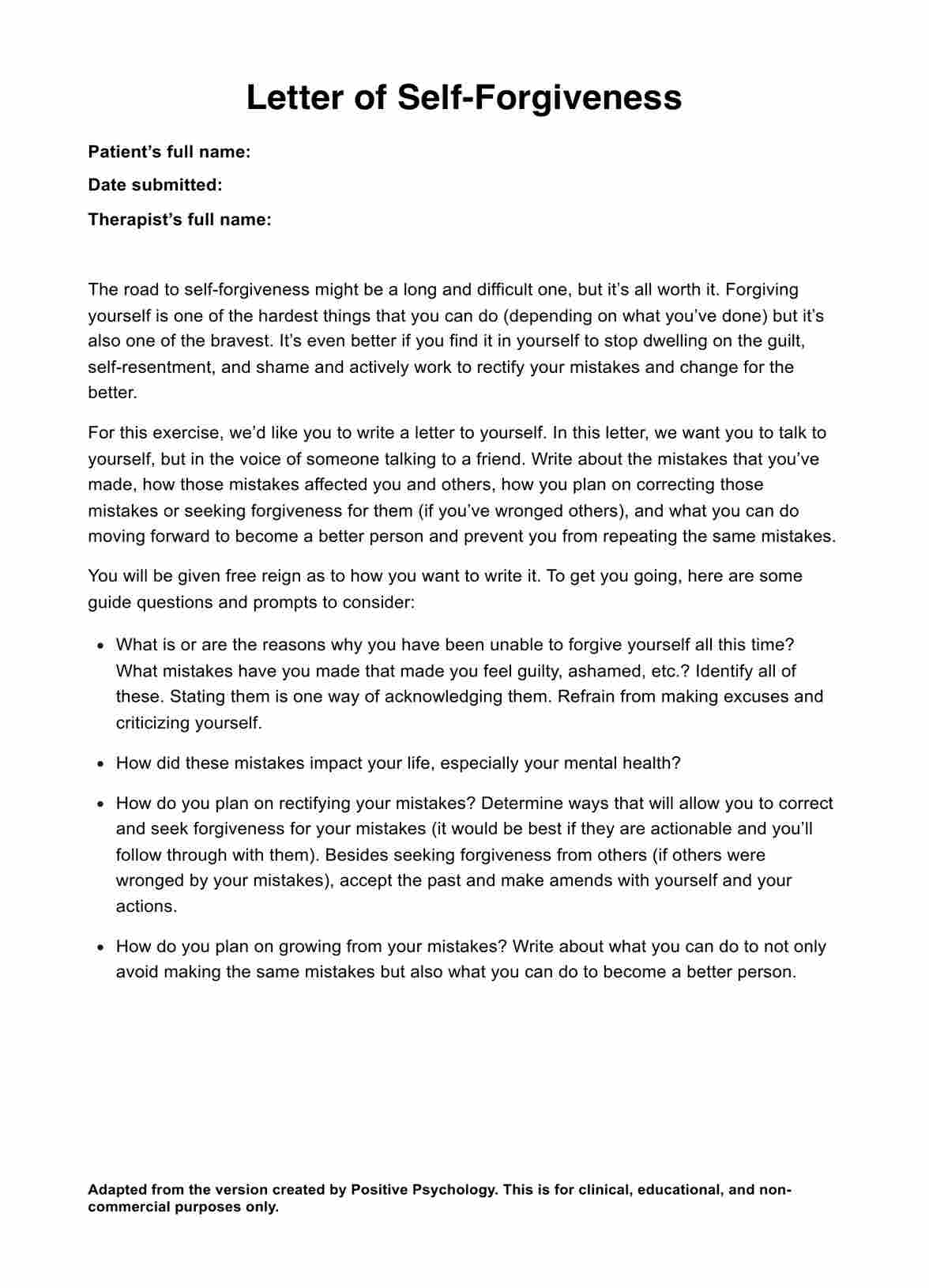
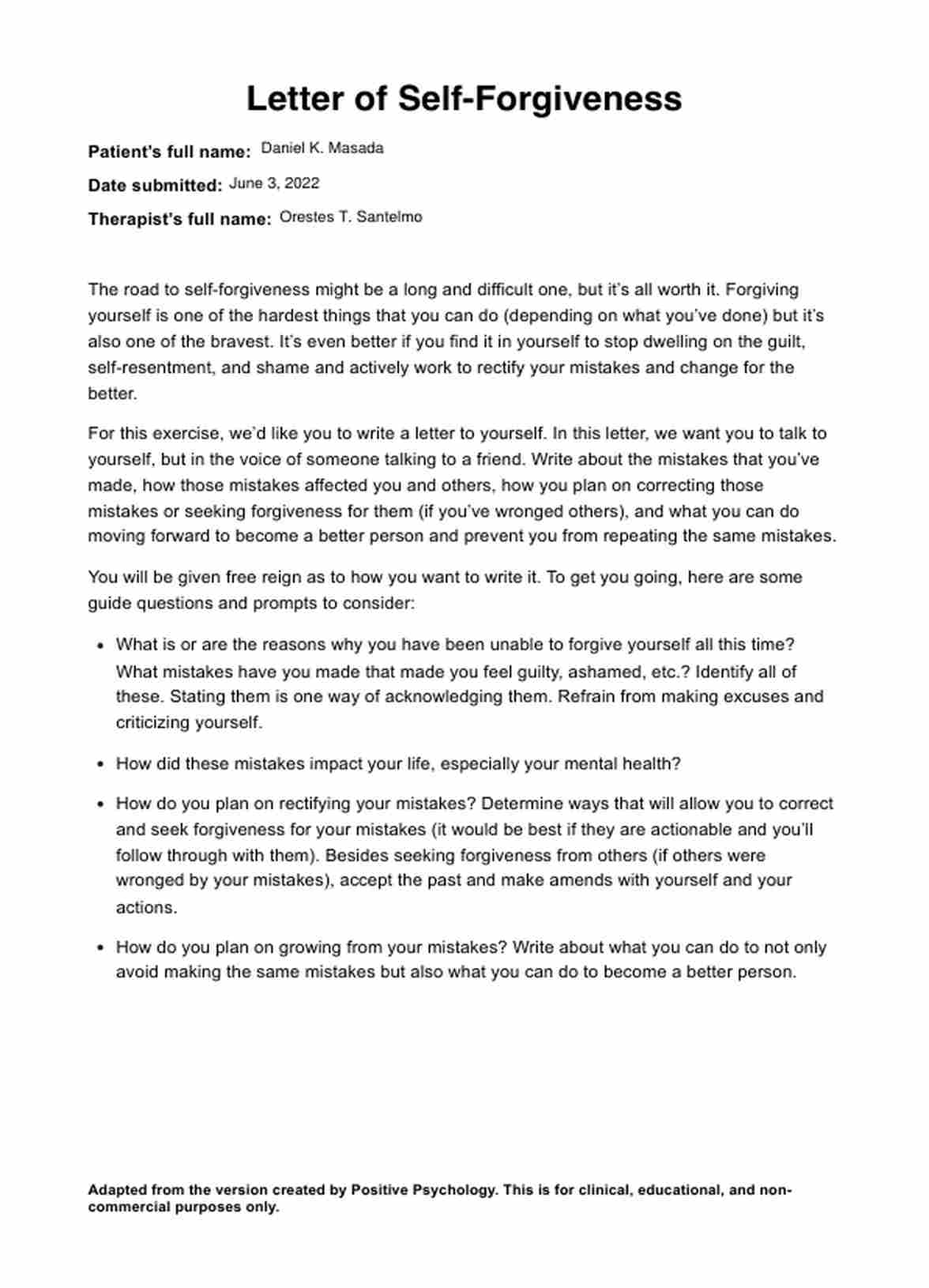















-template.jpg)




























































































